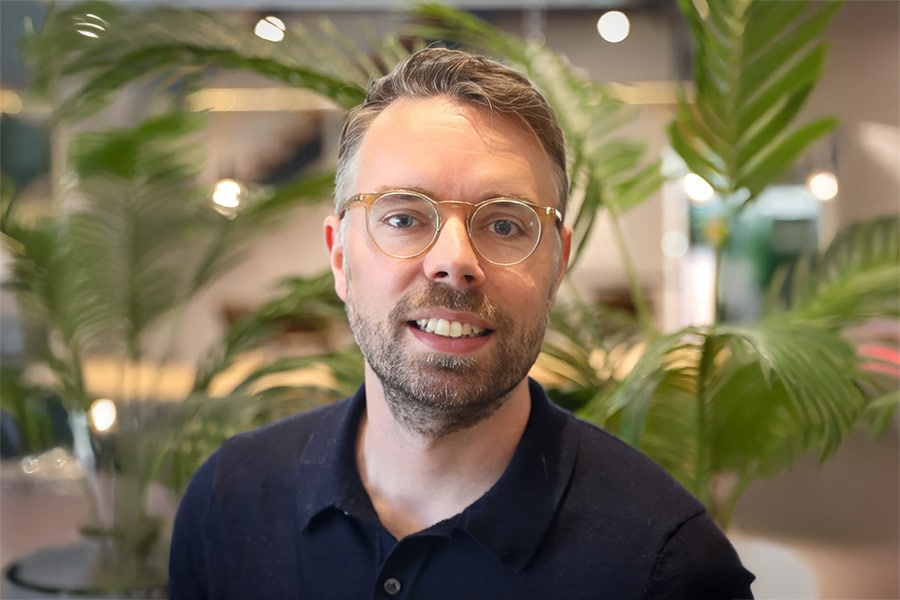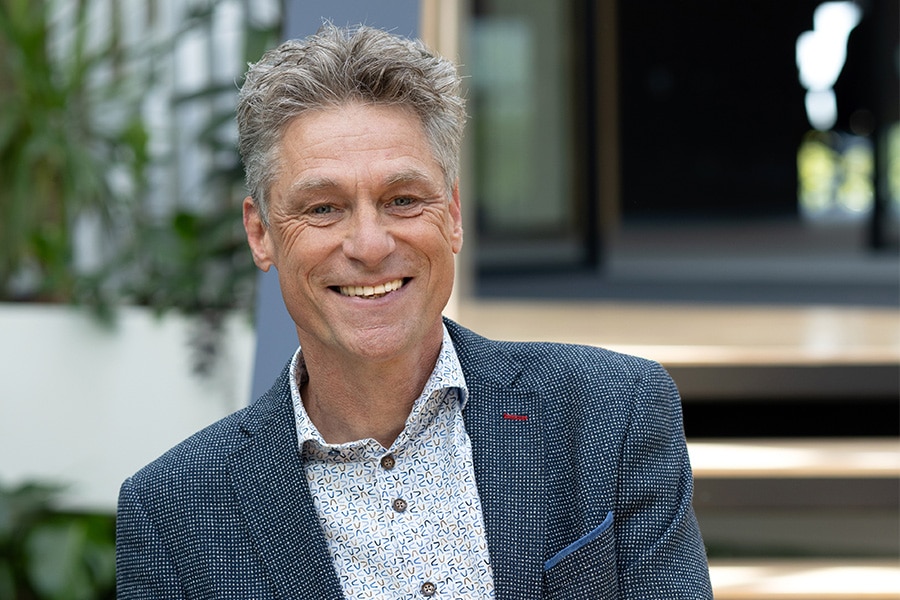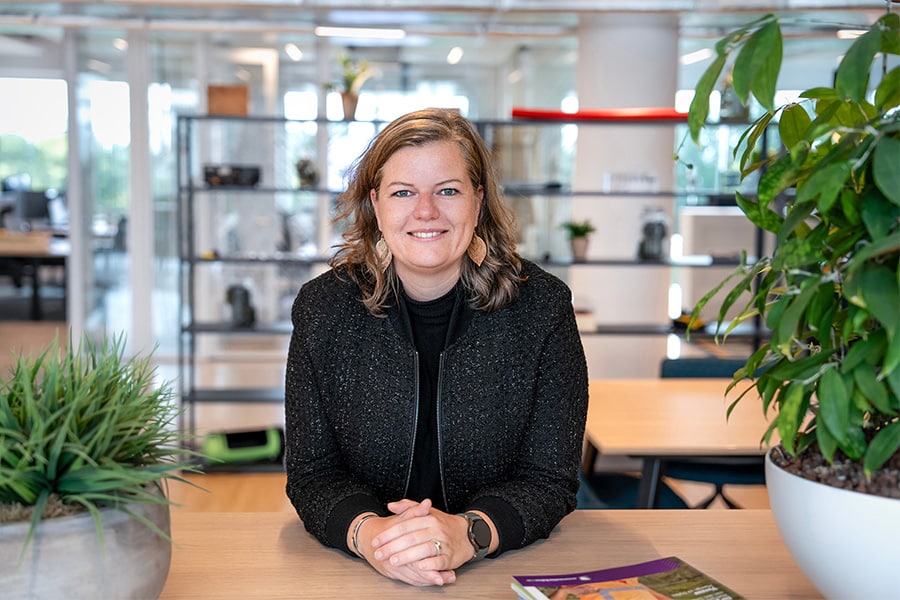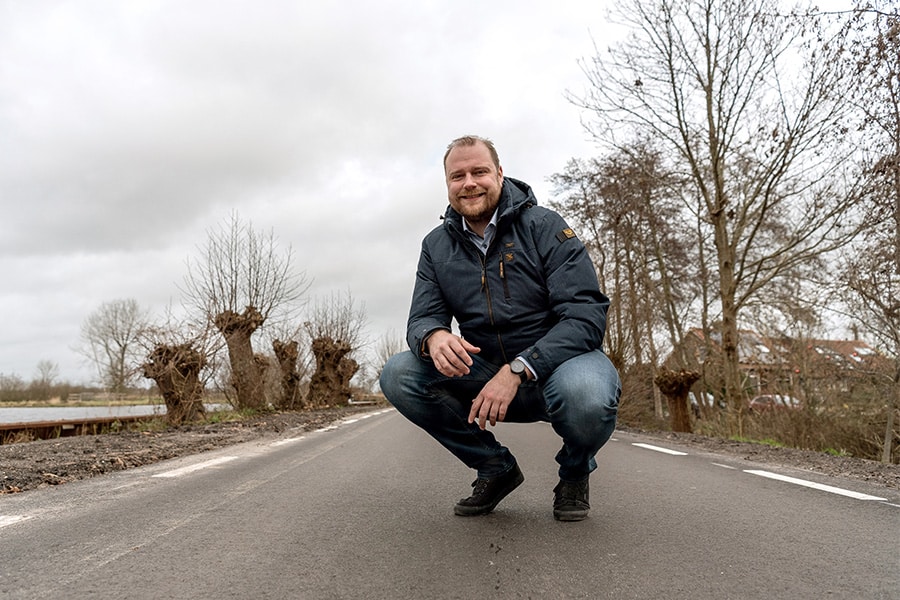
A complicated puzzle
In the coming decades, the Netherlands faces a huge task to renew civil infrastructure. In 2021, renewal expenditures were already 1.1 billion euros. TNO expects annual costs to double this year and reach 3.4 billion per year in 20 years. By the end of this century, the expected costs will even reach 3.7 billion per year, according to TNO's National Infrastructure Renewal Task Forecast Report. The total cost of the renewal task until 2100 is estimated at 260 billion euros.
The most important thing about the report is that we have quantified the enormous task ahead of us. The latest report is a lot more accurate than that of a few years ago. Once again, we relied on the national database, the BGT, but we now know that it is more complete. We have also been able to attribute expenses more specifically to the different types of managers: national, provincial and municipal. And some remarkable things do emerge there. The figures show that much of the task lies with the municipalities. What is worrying, however, is that the majority are not yet working on this at all. This awareness must come, otherwise they will be shocked in ten years or so when they are confronted with an expenditure of millions. Because it can get pretty expensive if a municipality has to replace a number of artworks.
So as a manager, map the task well. A good insight into the status of your objects is the starting point. Then you come to the conclusion that the large-scale replacement and renovation task is also part of asset management. You may be able to achieve something in the task with an adjusted maintenance regime or small reinforcement operations. In addition, we will really have to take steps and accelerate in this. One possibility is the portfolio approach. In other words, you tackle a cluster of objects in your area, which are technically quite similar, programmatically in batches. That means making a design once, rigging up a standard contract once and coming up with one plan of action that is standardized and industrialized as much as possible. And you then copy that across the different objects. The advantage on the back end is that you create a kind of continuous construction flow that infra contractors can innovate on. Several managers such as the Department of Public Works and the province of North Holland are investigating how to organize such "production lines.
Another way to make the task more manageable is to assess structures based on residual strength. Many structures are now rejected based on structural standards. We know that there is residual strength in many civil engineering structures. By assessing them on the basis of their actual strength, you can add 10, 20 or sometimes even 30 years to their residual life. That way you 'buy' valuable time, so to speak. From TNO we are working to tighten up the standards. Because the better we know what the actual lifespan is, the more time we have. But the process of getting from knowledge to standard also takes time.
Finally, at the very front end, you will also have to consider whether you still need a particular work of art at all or whether it should still fulfill its initial function. That may sound crazy, but by rearranging the infrastructure around a work of art, you may be able to reduce the burden on the work of art itself. That is also a way of 'softening' the task. Heavy truck traffic has a huge impact on the wear and tear of artworks. The municipality of Amsterdam has designated a number of artworks as bicycle-only bridges, which means they can last much longer. And that could also be accommodated just fine in the mobility system, without disrupting traffic flow. It is also one of the knobs to turn, given that the task ahead is bigger than we can handle. It is a complicated puzzle.
The Pen - Peter Rasker – Market Director, Mobility & Built Environment at TNO.




